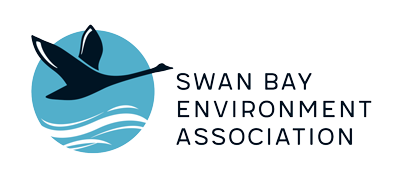Observing and measuring change in Swan Bay

Water quality monitoring at The Point canal estate
The Swan Bay Environment Association commissioned the marine science consultancy, Marine Ecological Solutions, to monitor water quality in the vicinity of ‘The Point’ canal estate at Point Lonsdale. Monitoring sites are located at Lake Victoria, at three sites within Lakers Cutting, and near Queenscliff Lonsdale Yacht Club. The data will form a baseline against which concentrations of nutrients may be compared as the number of houses in the canal estate grows to more than 600.
The canal estate will be connected to Lake Victoria and Lakers Cutting. However, most water exchange will occur with the Cutting, a shallow (1-1.5 m deep) artificial extension of Swan Bay. Water will be passively circulated within the canal by tides, using intake and discharge gates that are timed to open and close with incoming and outgoing tides. These gates will be connected to Lakers Cutting.
The concentrations of ammonium and salinity within Lakers Cutting show that water quality there is often different from that in the remainder of Swan Bay. This indicates that the shallow sill at the eastern end of Lakers Cutting limits tidal exchange and increases the risk of nutrient build up within it. The highest nutrients in Lakers Cutting occur in summer during periods of spring tides.
Reed beds are planned to trap some nutrients before they reach the canal, but we will not know how effective these are for many years. Further nutrient measurements in Lakers Cutting over summer will improve our baseline and make it easier to identify any slow increase in nutrient inputs to Swan Bay. This is the time of year when detrimental algal blooms are most likely.
The Swan Bay Environment Association is concerned that water flowing from the canal estate may increase nutrient concentrations in Lakers Cutting. The result could be a loss of natural processes within Lakers Cutting and, if algal blooms or de-oxygenation were to occur, cause a loss of amenity to nearby residents.
For more information about our monitoring, please contact:
Greg Parry
Ph: 0400 455 009
Email: greg.parry@marineecol.net.au

